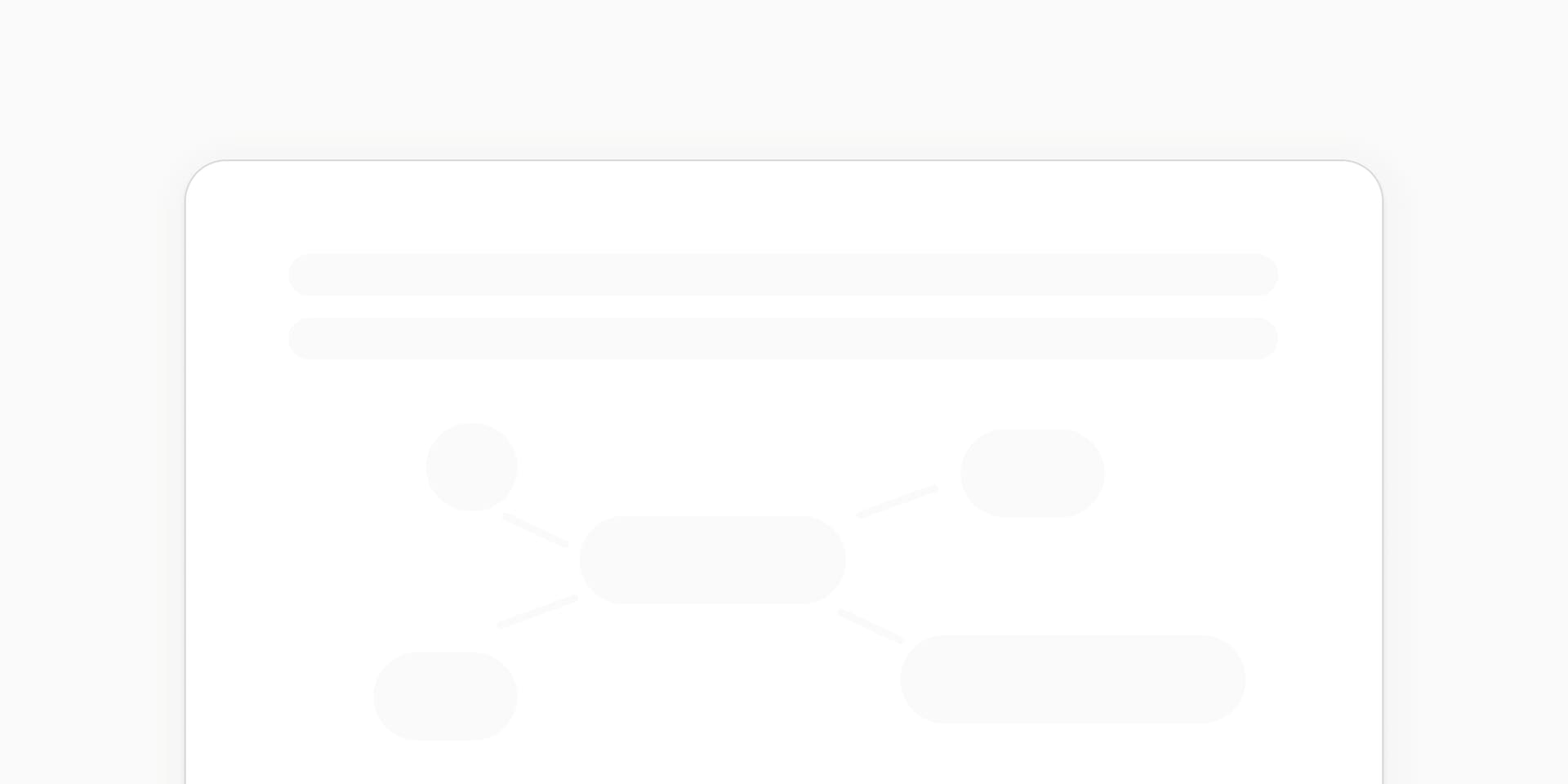
Why We Built the Readwise Integration Like This
It’s easy to assume that when a tool adds a new feature, that feature on its own will solve your problems. In fact, features do not solve problems in isolation; value comes from the way you and the tool work together.
As a team, we keep this in mind when developing Capacities. Our goal is to help solve the enduring problem of information overload, allowing you to do meaningful knowledge work. In other words, we aren’t looking to facilitate endless information accumulation, we want to help you cut through noise. From this perspective, the guiding principle behind the Readwise integration is intentionality.
If you are reading this, you likely already have thousands of highlights, and you will add hundreds more before the year ends. Simply creating an integration that imports all of them into Capacities would not help information overload, it would worsen it.
Readwise functions perfectly as an archive for all your highlights from several sources. It gives you powerful ways to review them, such as spaced repetition and the recent ‘Chat with Highlights’ feature. Capacities serves a different purpose: it is where you process, connect, and create. Importing a highlight into Capacities is therefore not about storing the same highlights that live in Readwise, but about actively working with a subsection of them, to integrate them into the rest of your knowledge work.
If the integration pulled everything in by default, you would be faced with a large backlog to process. This would not provide clarity, it would create additional stress. Importing is therefore designed to be a deliberate act; it’s a signal that you want to engage with the material now. We do this through a synchronisation tag. When an item is tagged, it’s sent to Capacities. You can also choose to enable auto-import going forward, but even then the flow of new content in Capacities mirrors the pace of your reading rather than the entirety of your past archive. If at that point the inflow still feels overwhelming, it could be a sign that your own reading processes may need to be reconsidered. For example, you could experiment with reducing the number of sources you read per week, or adopt a more selective highlighting process that limits to only the most relevant or resonant material.
We could have built an integration that syncs everything automatically, and at first glance that might seem convenient. But our philosophy is to reduce the number of decisions you have to make later by asking for one clear decision up front. We already apply this approach to object types: when you create a new object, you choose its type at the beginning, which eliminates countless small organizational decisions later on. The Readwise integration works in the same way. You decide whether your books and articles belongs in your Capacities space based on if they are useful to your knowledge work. If yes, you import them. If not, they remain safe in Readwise, always available should you change your mind. You can use the synchronisation tag to import items into Capacities at any time.
Whilst this choice requires more from you than an automatic sync would, it is precisely that requirement that makes it effective. The practice of intentional curation prevents your Capacities space from becoming another place of accumulation. This principle guides not only the Readwise integration but our broader development philosophy: Capacities is not intended to collect everything, it is intended to help you do meaningful knowledge work. We have to cut through the noise to do that, and this integration is one step in that process.



